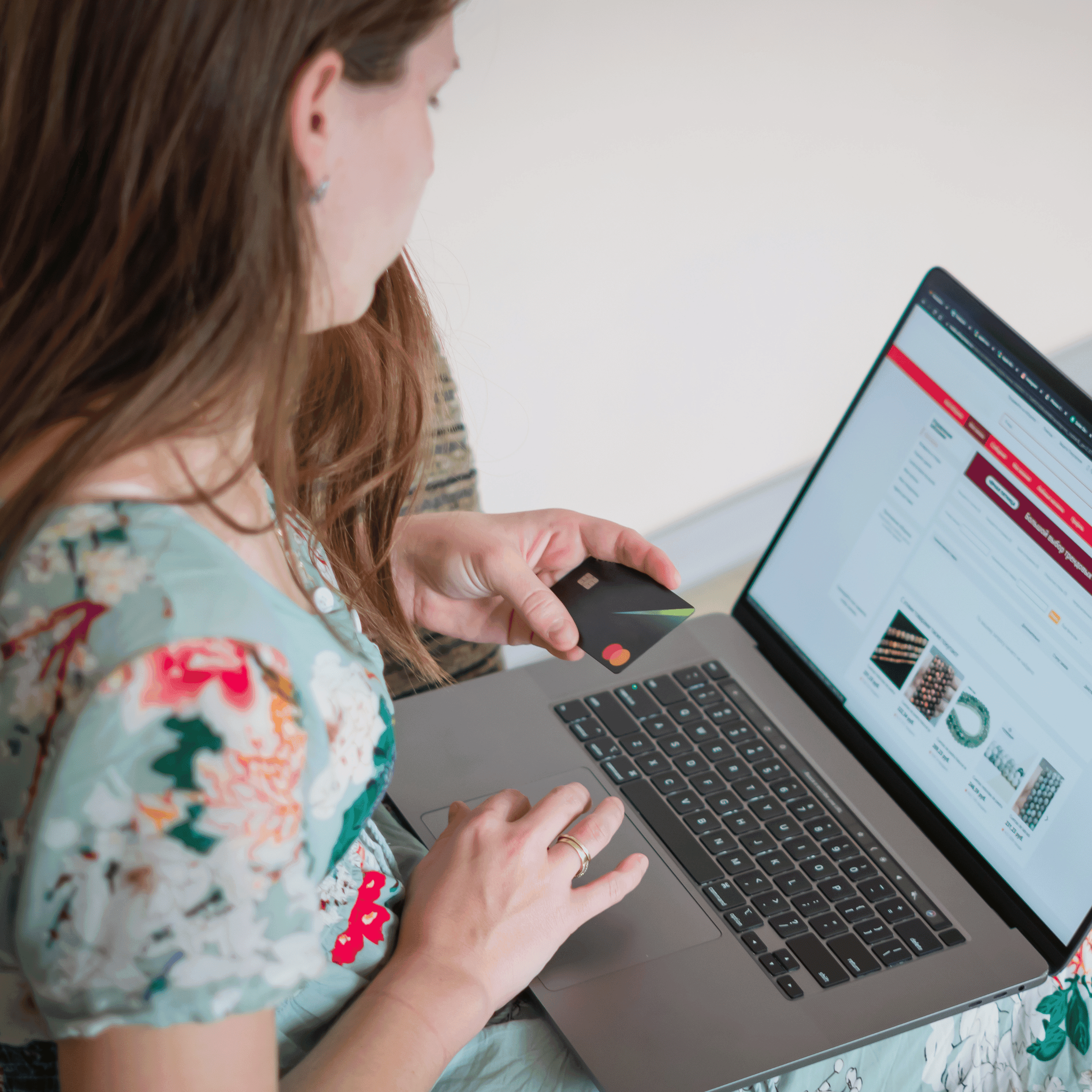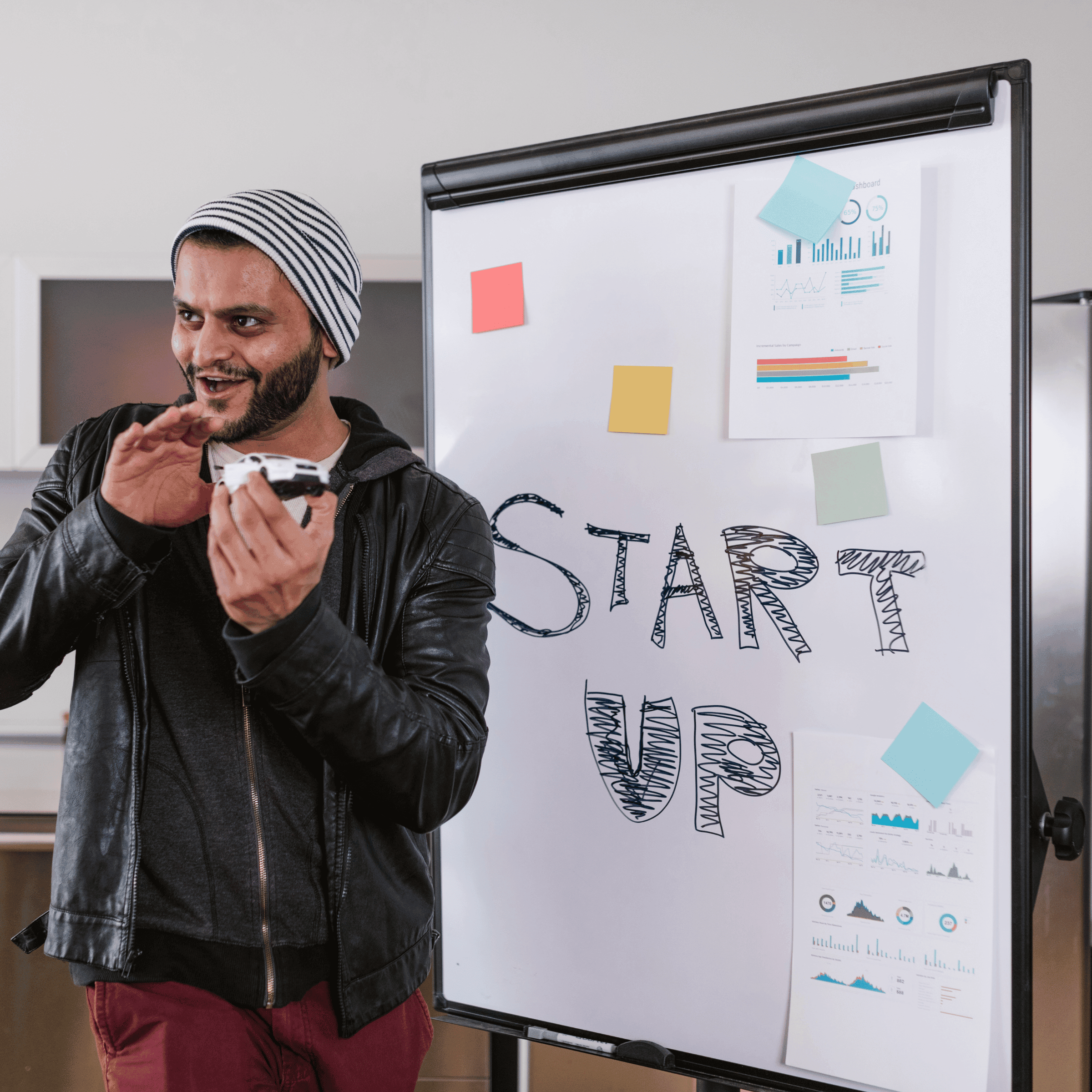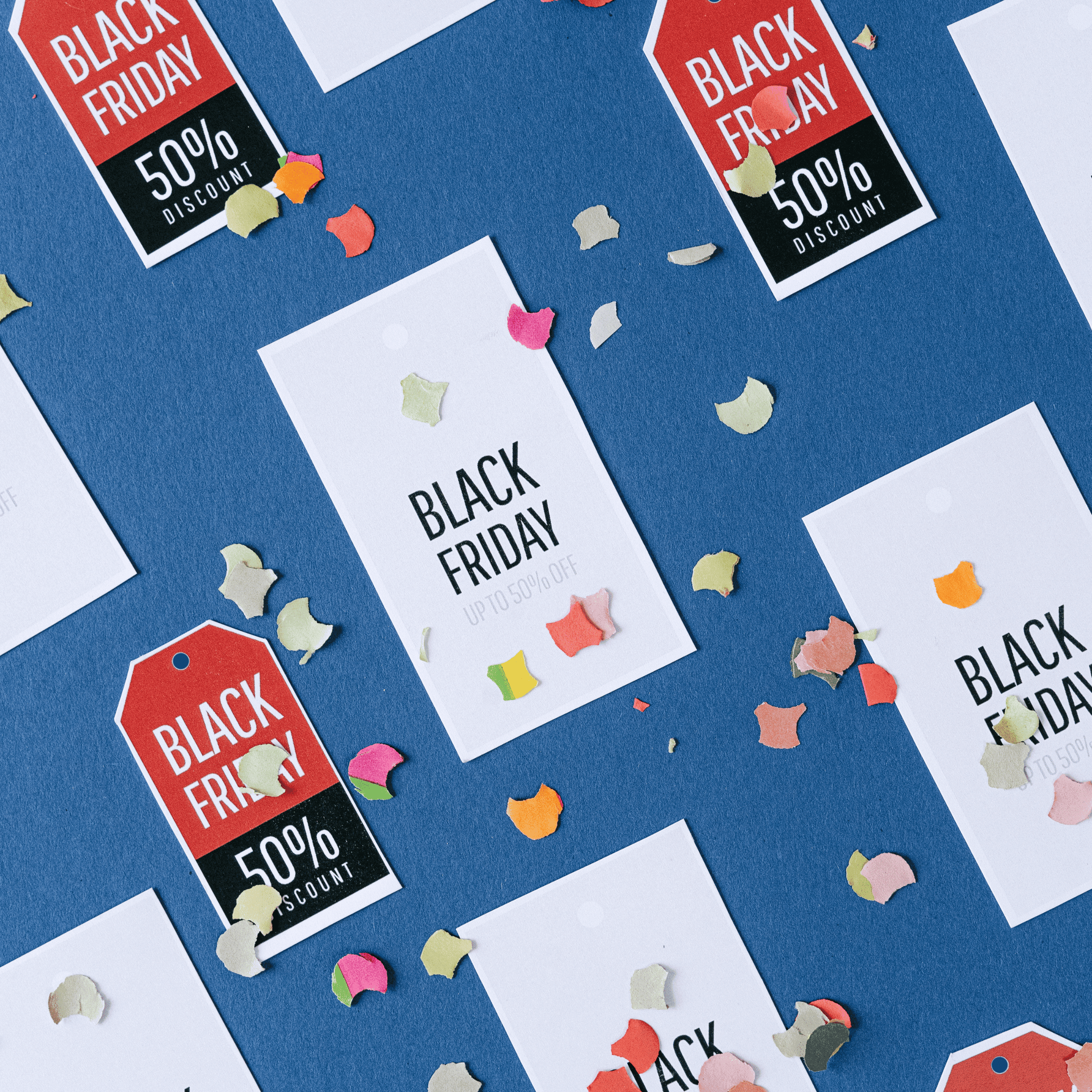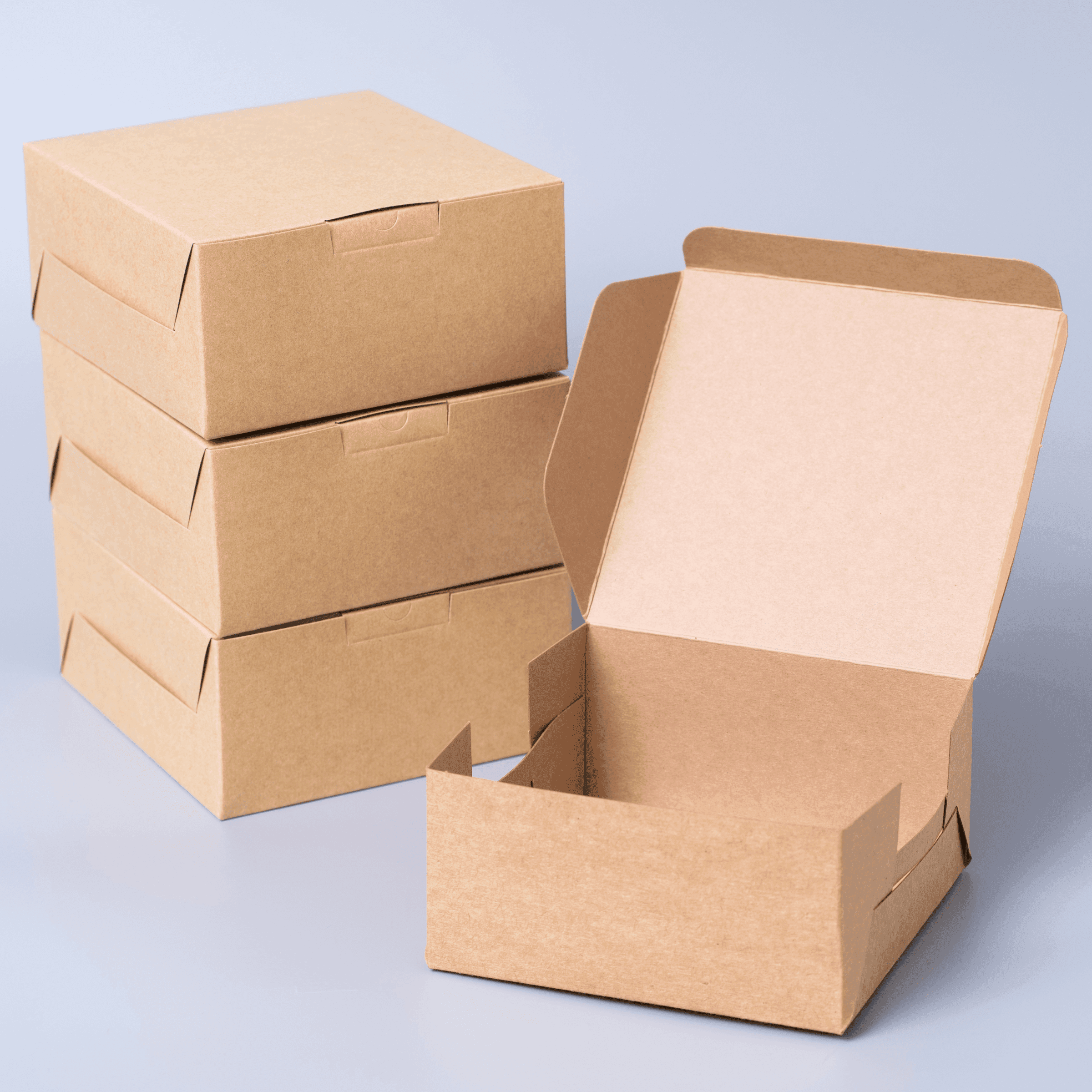Crowdfunding can transform innovative ideas into fully funded products, but fulfillment is often the hardest part. After months of campaigning, creators face the challenge of delivering thousands of pre-orders across multiple regions, often with limited logistics experience. This is where a third-party logistics (3PL) partner becomes essential—helping campaigns move from pledges to delivery while keeping backers happy.
This article explores how 3PL fulfillment works for crowdfunding campaigns, why it differs from traditional ecommerce, and how brands can prepare for success.

Why Crowdfunding Fulfillment is Different
Crowdfunding creates a fulfillment profile unlike traditional ecommerce. Instead of steady daily orders, campaigns typically generate a one-time surge of shipments. This introduces several complexities:
- Large one-time order volume rather than ongoing order flow.
- Multiple pledge tiers and bundles with different SKUs and add-ons.
- Address changes over time, since months may pass before shipping begins.
- International compliance requirements, including duties, VAT, and IOSS numbers.
- High expectations from backers, who have already paid and are eager for updates.
For a 3PL, these differences require specialized planning, kitting, and global shipping solutions that go beyond standard fulfillment.
The 3PL Workflow for Crowdfunding Campaigns
Data and Forecast Planning
- Import backer data from platforms or pledge managers.
- Translate pledge tiers into pickable SKUs.
- Forecast volumes by region to plan freight and shipping methods.
- Set a deadline for address confirmations and add-on changes.
Receiving and Storage
- Verify inbound shipments against advance shipment notices (ASNs).
- Perform count and damage checks, with sample quality inspections.
- Capture serial or lot numbers for products that require tracking.
- Use bonded storage if deferring duties makes financial sense.
Kitting and Assembly
- Assemble pledge bundles with clear checklists.
- Add inserts, custom packaging, or branded elements.
- Prepare retail-ready versions for wholesale or marketplace launches.
Pick, Pack, and Labeling
- Batch pick orders by tier to reduce handling time.
- Capture package dimensions and weight for accurate labels.
- Route parcels by region, service level, and promised delivery time.
- Customize unboxing experiences with branded packaging.
International Shipping and Compliance
- Manage Delivered Duty Paid (DDP) lanes for EU and UK backers.
- Apply correct HS codes and declared values for customs.
- Prepare paperwork for restricted goods such as batteries or cosmetics.
- Set clear return and replacement workflows.
Tracking and Support
- Automate tracking emails with carrier scan data.
- Handle exceptions such as address errors or customs delays.
- Provide replacement orders for damaged or lost items.
- Sync fulfillment data to ecommerce platforms for post-campaign sales.

Preparing Your Campaign for Smooth Fulfillment
- Finalize SKU mapping early so pledge tiers translate cleanly into warehouse operations.
- Lock packaging details such as carton sizes, inserts, and labeling before production.
- Plan international strategy and decide whether to use DDP or DDU for each region.
- Schedule shipping waves to prioritize earliest backers or specific regions first.
- Hold spare inventory (1–3%) for replacements, damages, or promotional use.
Key Cost Drivers to Watch
- Labor: Kitting complex bundles increases handling time. Pre-building kits reduces per-order costs.
- Packaging: Right-sized boxes reduce dimensional weight and damage risk.
- Shipping: Consolidated international exports lower landed costs for global orders.
- Exceptions: Address validation reduces costly reships and delays.
- Duties and Taxes: Proper HS codes and IOSS compliance prevent border delays.
Common Pitfalls to Avoid
- Late SKU definitions leading to delays in setup.
- Unplanned hazardous goods requiring last-minute approvals.
- Not reserving spare inventory for exceptions.
- Skipping address validation, resulting in returns.
- Overpromising shipping speed without a regional wave plan.
Post-Campaign: Turning Backers into Customers
Successful fulfillment is only the first step. A 3PL can also help transition to ongoing ecommerce operations by:
- Migrating remaining inventory to platforms like Shopify.
- Setting up subscription or refill options for repeat sales.
- Offering bundle discounts to backers as the web store launches.
- Automating customer support for “Where is my order?” inquiries.

How Snapl Supports Crowdfunding Brands
At Snapl, we specialize in helping crowdfunding campaigns scale from prototype to product delivery. With facilities in South Hadley, MA and Gloucester City, NJ, we provide kitting, assembly, custom packaging, bonded storage, and global shipping solutions. Our integrations with pledge managers, Shopify, and retail EDI ensure seamless transitions from campaign fulfillment to long-term ecommerce growth.
We focus on:
- Tier-based kitting for pledge bundles.
- Retail-ready labeling and compliance support.
- Global shipping strategies with DDP and IOSS solutions.
- Transparent reporting and exception management.
What to Do Next
If you’re preparing a crowdfunding campaign, the best time to engage a 3PL is before your campaign ends. Sharing your pledge data and packaging requirements early allows for better planning, reduced costs, and on-time delivery.
Snapl can help you:
- Translate pledge tiers into fulfillment-ready SKUs.
- Optimize packaging for lower shipping rates.
- Plan international compliance and customs clearance.
- Deliver a smooth backer experience that strengthens brand trust.
Store, manage, and ship with confidence. Snapl helps crowdfunding campaigns deliver on their promises while setting up long-term ecommerce success. Contact us today to build your crowdfunding fulfillment plan.

Ready to deliver your crowdfunding campaign with confidence?
Contact Us





